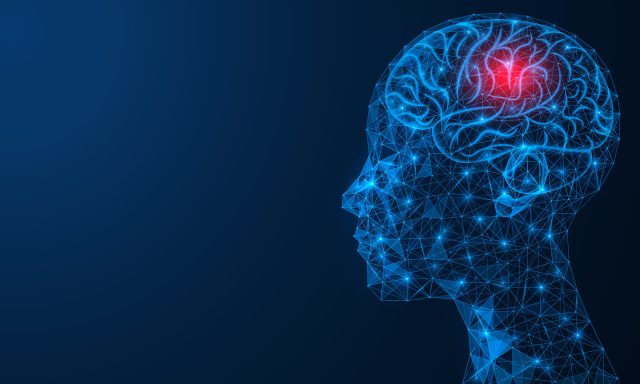Course Summary
Migraine headaches are a different type of headache pain that is typically much more intense and ongoing when compared to other types of headaches. While the common headache does not usually drive a patient to seek medical attention, migraine headaches often do. More than just a severe headache, a migraine headache is typically accompanied by intense pain and a sensitivity to light and sound that often results in other physical symptoms, such as nausea and vomiting. Migraines may be with or without aura. Migraine without aura is more common and accounts for the majority of cases. Providing pain relief from migraine headaches — through medication, lifestyle changes, or complementary and alternative therapies — frequently allows the patient to experience a quality of life that would not have existed without migraine treatment.
Course Format
Homestudy
Course Syllabus
- I. Introduction
- II. Overview: Migraine Pain
- III. Migraine Types
- 1. Migraine with Aura (Classic Migraine)
- 2. Migraine without Aura (Common Migraines)
- 3. Other Types of Migraines
- IV. Potential Causes of Migraines
- 1. Serotonin
- 2. Nociception and Electrical Signals
- V. Risk Factors of Migraine Pain
- 1. Family History
- 2. Gender
- 3. Age
- VI. Diagnosis of Migraine
- 1. Blood Tests
- 2. Magnetic Resonance Imaging
- 3. Computed Tomography (CT) Scan
- 4. Lumbar Puncture
- VII. Medical Treatment Strategies
- 1. Abortive Treatment
- 2. Preventative Treatment
- VIII. Lifestyle Treatment Strategies to Prevent Migraine Pain
- 1. Muscle Relaxation
- 2. Sleep
- 3. Identification and Avoidance of Triggers
- IX. Medication Overuse Headache
- 1. Diagnosis of MOH
- 2. Treatment for MOH
- 3. Case Study: MOH
- X. Future Research on Headache Relief
- 1. Mast Cells
- 2. Cortical Spreading Depression
- 3. Cutaneous Allodynia
- 4. Other Social and Genetic Factors
- XI. Case Research and Study: Botox Treatment for Migraine Pain
- XII. Summary
Author
Kellie Wilson, PharmD
Kellie Wilson is a Doctor of Pharmacy practicing in Anaconda, Montana, where she lives with her husband and four children. She attended the University of Montana in Missoula where she graduated in 2009 with a doctorate in pharmacy. She later worked in Boise, Idaho for a large, retail pharmacy for 2 years, and then returned home to Montana to oversee an independently owned retail and long-term care pharmacy in Anaconda. As an independent retail pharmacist she has become very involved in psychiatric pharmacy for two major behavioral health organizations that are located around all of Montana. Kellie’s passion is retail pharmacy because she enjoys the interactions with customers as well as the challenges and rewards of staying current with the continuous changes in the pharmacy field.



